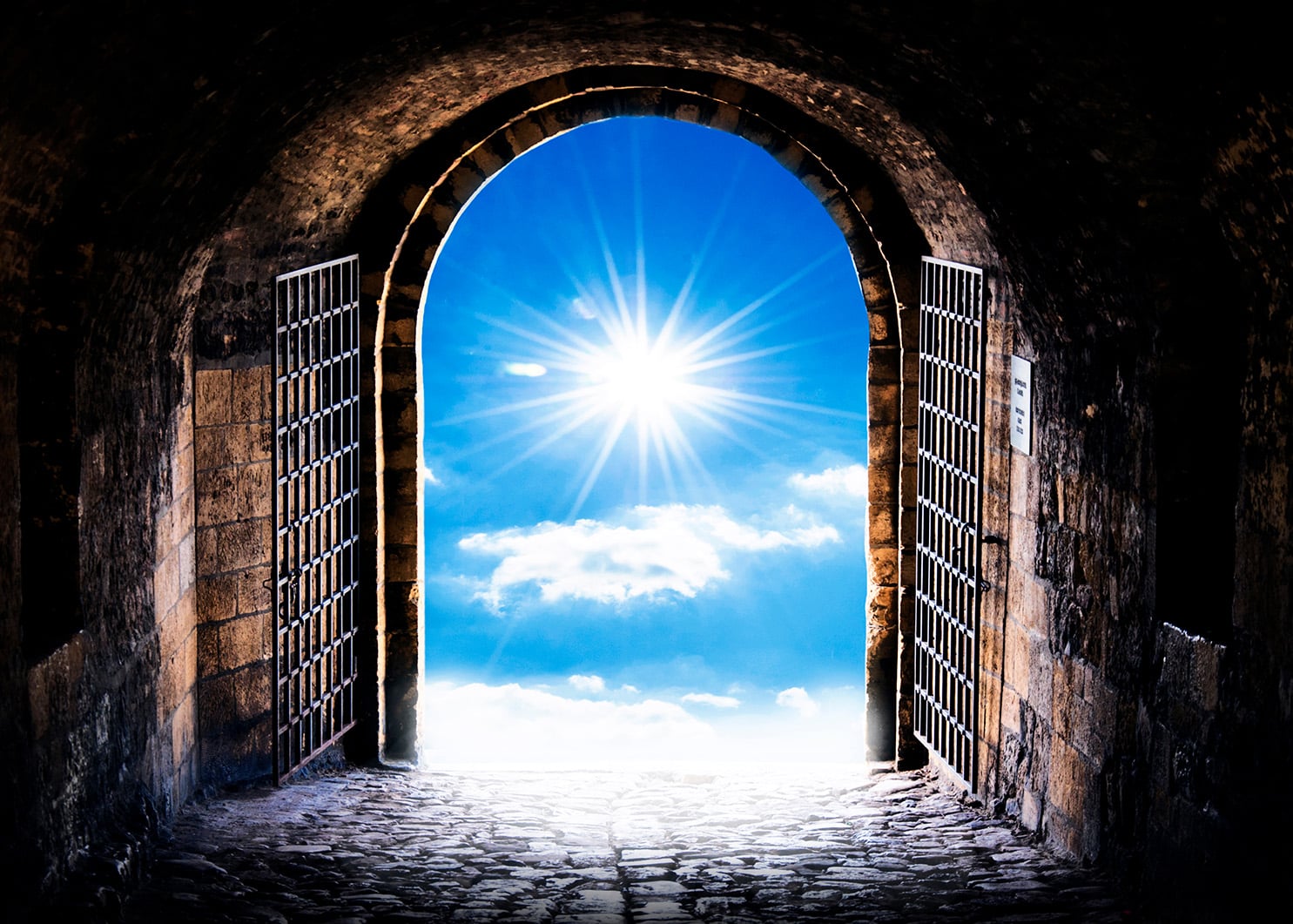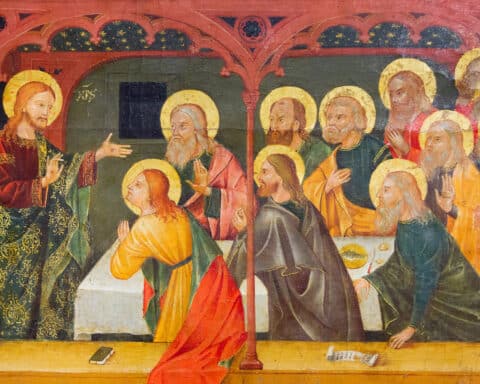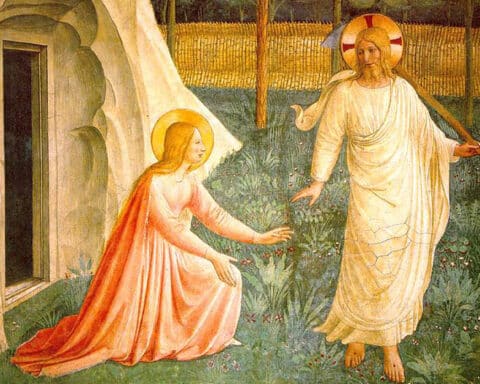“I thought of the soul as resembling a castle, formed of a single diamond or a very transparent crystal, and containing many rooms, just as in heaven there are many mansions. If we reflect, sisters, we shall see that the soul of the just [one] is but a paradise, in which, God tells us, He takes His delight. What, do you imagine, must that dwelling be in which a King so mighty, so wise, and so pure, containing in himself all good, can delight to rest? Nothing can be compared to the great beauty and capabilities of a soul; however keen our intellects may be, they are as unable to comprehend them as to comprehend God, for, as He has told us, He created us in His own image and likeness” (“Teresa of Avila: The Interior Castle,” translated by Kieran Kavanaugh, Paulist Press, $24.95).
Friends, these are the words of St. Teresa of Avila, from the beginning of her “Interior Castle,” written in 16th-century Spain for her Carmelite sisters. Whenever I teach this text to my students, they are struck by Teresa’s beautiful image of the soul: a castle formed of a single diamond or very transparent crystal. And then they realize this is a description of their own souls … of themselves. I hope you are having the same moment, too!
Recounting the reality of sin
I offer this image from St. Teresa in response to our readings for this Sunday. As always, the readings are rightly placed in our liturgical journey — these are placed right in the thick of Lent.
The readings recount the reality of sin. They tell us of a broken communion that results from an unfaithful friendship with God. In 2 Chronicles, Israel remembers how they rejected God and how God’s dwelling place was polluted and destroyed. Then, with sorrow for this lost communion, Israel sat by the streams of Babylon and wept (cf. Ps 137). We, too, are Israel in this way. Our souls have forsaken the Lord, and Lent helps us see this well. We sit by the waters and weep.
| March 10 – Fourth Sunday of Lent |
|---|
|
2 Chr 36:14-16, 19-23 Ps 137:1-2, 3, 4-5, 6 Eph 2:4-10 Jn 3:14-21 |
St. Teresa has an image for this, too — for the soul sunken in sin: “No night can be so dark, no gloom nor blackness can compare to its obscurity. Suffice it to say that the sun in the center of the soul, which gave it such splendor and beauty, is totally eclipsed” (“Teresa of Avila: The Interior Castle,” translated by Kieran Kavanaugh).
What an instructive juxtaposition of images: the single diamond, transparent as crystal and the eclipse of the soul, darker than night!
Hopefully, our Lenten journeys have made us aware of this eclipse and are helping us to reach toward the son, whose “splendor and beauty” are meant to fill our souls. And what hope of that end this Sunday’s Gospel reading brings: “For God so loved the world,” John tells us, “that he gave his only Son, so that everyone who believes in him might not perish but might have eternal life” (Jn 3:16).
This hope, friends, is not merely a hope, but a historical truth. God came. And he gave his only Son to restore us to communion with him in love. Even today, God works within our souls. St. Teresa has an image of this, too: “In a state of grace the soul is like a well of clear water, from which flow only streams of clearest crystal … rising from the River of Life, beside which it is rooted like a tree” (“Teresa of Avila: The Interior Castle: The First Mansion,” translated by Kieran Kavanaugh).
The soul rooted in God and illuminated by him drinks from the very river of life. Thus, as we move toward Easter, let us not just sit by the waters and weep, but pray God’s grace streams, crystal clear, like a shining sun, through our very souls, restoring within us his rightful dwelling place.





